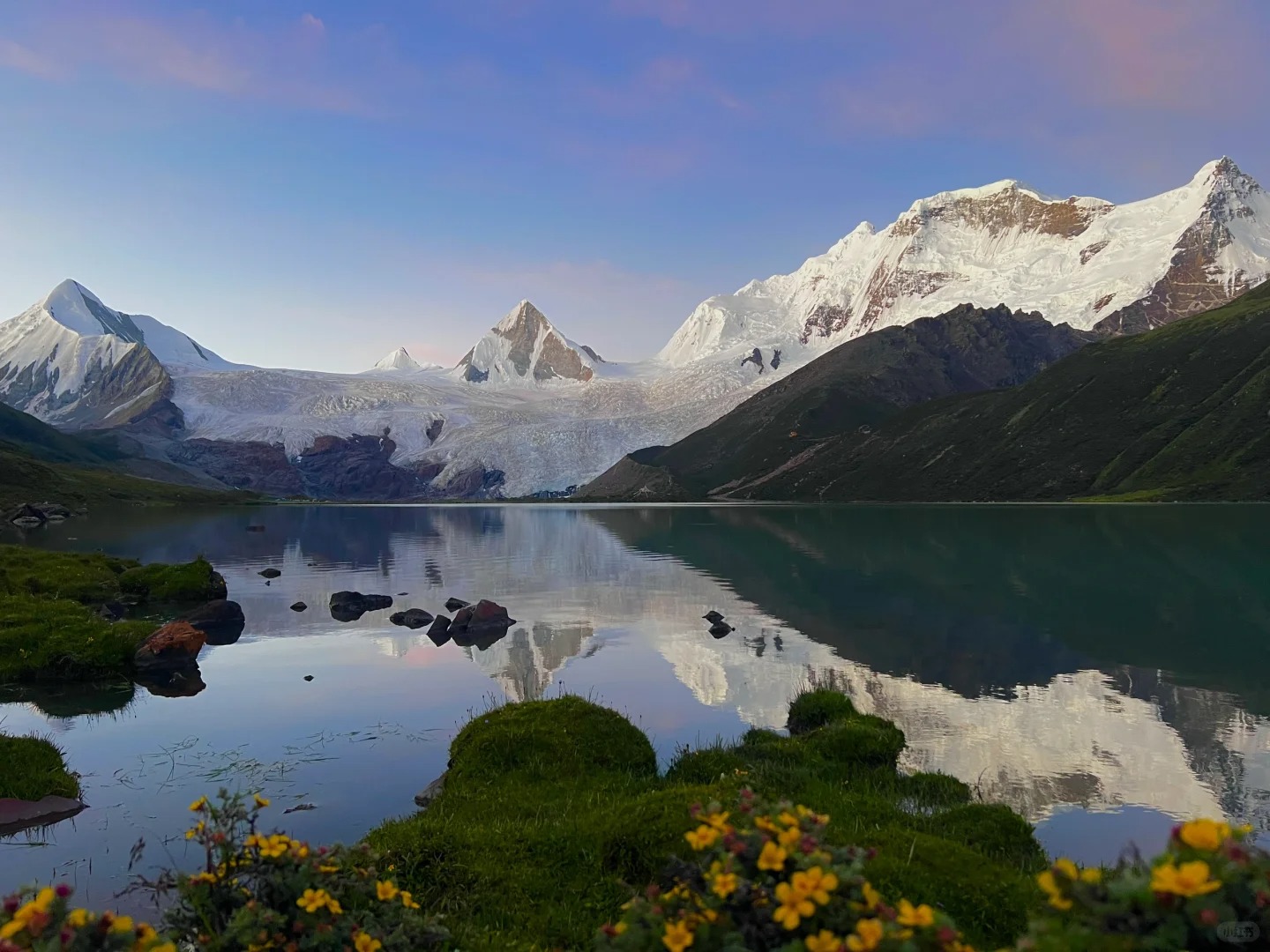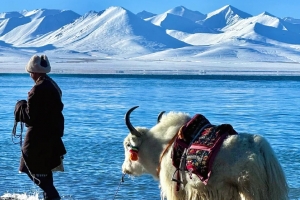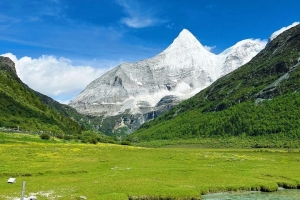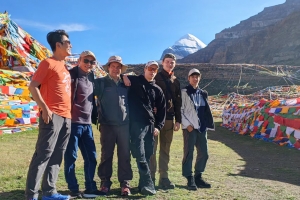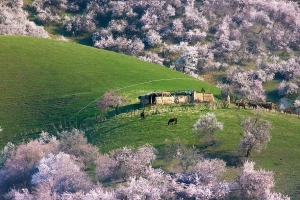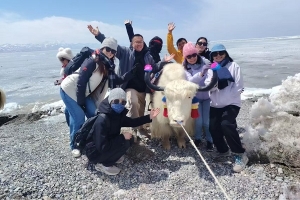Many friends have never been to Tibet and want to challenge themselves! But how should you deal with altitude sickness in Tibet? Don’t worry! I’ve prepared a self-rescue guide for altitude sickness for everyone!
Friends, hurry up and check it out.
【Causes of Altitude Sickness】
Mainly due to the thin air in high-altitude areas, resulting in a combination of oxygen deficiency, large temperature differences, and discomfort caused by dry climates. So, preventing “altitude sickness” is about reducing the impact of these three factors on the body.
【Symptoms of Altitude Sickness】
Onset Time: Symptoms usually occur 4-6 hours after arriving in high-altitude areas.
Mild: Chest tightness, shortness of breath, dry cough, headache, dizziness, fatigue, loss of appetite, nausea, vomiting, drowsiness, insomnia, slight fever, etc.
Moderate : Bluish lips and nail beds, nosebleeds, etc.
Severe : Symptoms such as pulmonary edema, shock, or seizures that can be fatal.
【High-Risk Groups for Altitude Sickness】
Altitude sickness is related to the body’s adaptation and regulatory capabilities, not necessarily to physical strength. In terms of adaptation speed: young healthy women > young healthy men > men and women with underlying diseases > elderly and frail individuals. In places like western Sichuan, Xinjiang, Tibet, Yunnan, etc., experiencing mild altitude sickness is normal, and most people don’t have any problems when traveling.
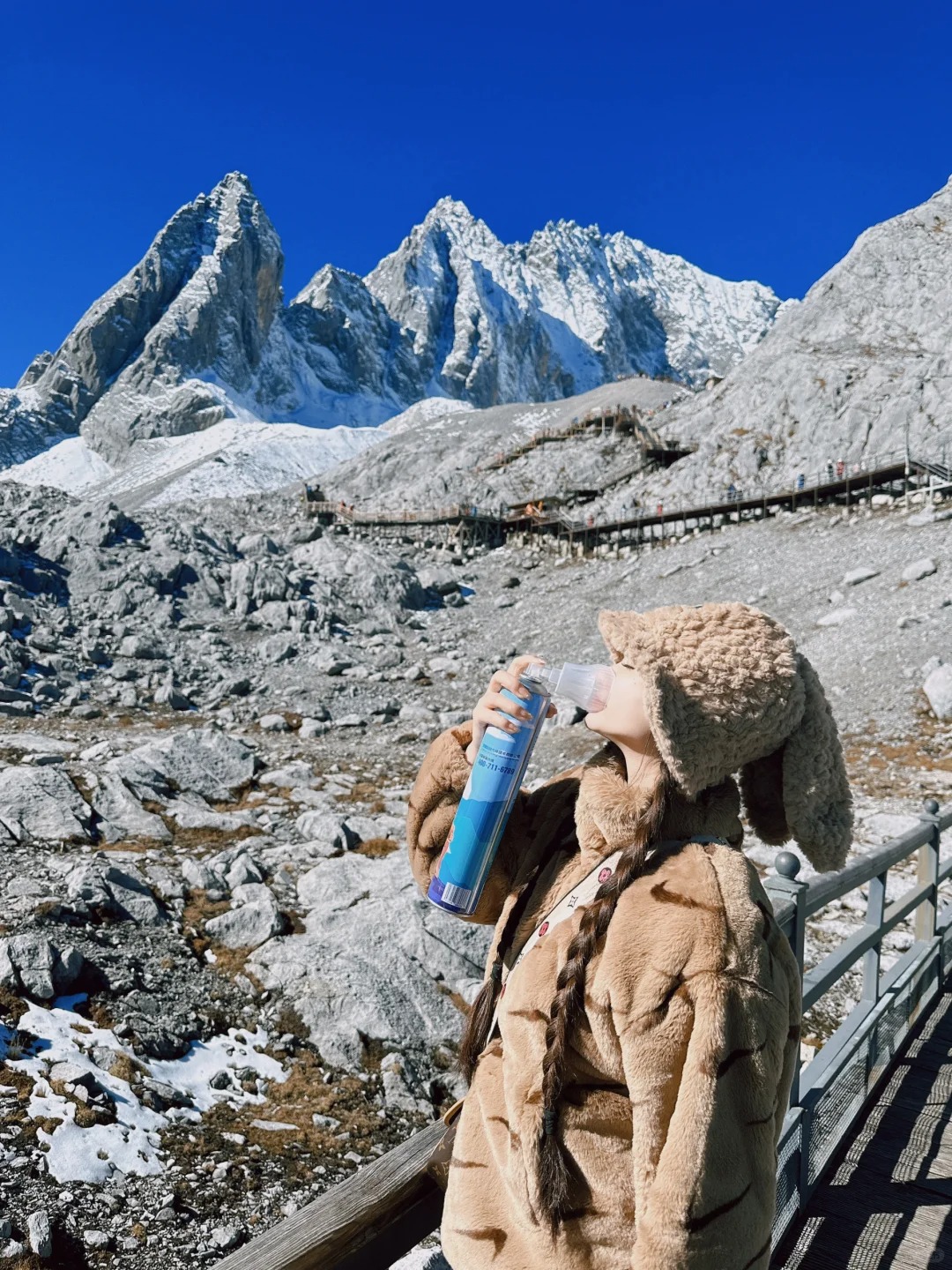
【People Prone to Altitude Sickness】
1. People who exercise regularly and have a vigorous metabolism.
2. Elderly people with insufficient oxidative metabolism.
【High-Risk Groups】
1. Pregnant women.
2. Cold sufferers are prone to pulmonary edema at high altitudes.
3. People with severe cardiovascular, cerebrovascular, liver, kidney, respiratory system diseases, etc.
【Ways to Deal with Altitude Sickness】
Prevention
1. Stop exercising before departure to reduce metabolic rate.
2. Avoid vigorous exercise upon arrival, don’t bathe or wash your hair for the first two days.
3. Keep warm and prevent headaches and colds that may trigger altitude sickness.
4. Ventilate and keep windows open, especially on the first and second days.
5. Avoid alcohol, coffee, and overeating.
6. Taking a morning flight to Tibet is a less likely trigger for altitude sickness in travel channels. (Taking the train to Tibet, the journey is long, noisy, nauseating, and uncomfortable to rest, which can easily trigger altitude sickness.)
Relief
1. When experiencing difficulty breathing, oxygen should be inhaled promptly, and heart rate and blood oxygen should be monitored.
2. Take anti-altitude sickness medication and strictly prohibit excessive drinking.
3. Seek medical attention promptly if symptoms cannot be relieved.
【Essential Medications for Altitude Sickness】
1. Portable oxygen cylinder.
2. Coca-Cola, glucose oral solution (supplement sugar).
3. Motion sickness medicine, cold medicine, anti-inflammatory medicine, gastrointestinal medicine.
4. Erythromycin ointment (to prevent nosebleeds in dry plateau climates).
5. Rhodiola, Rhododendron (taken 10-15 days before departure).
6. Gaoyuan An (taken one day or on the day of departure).
